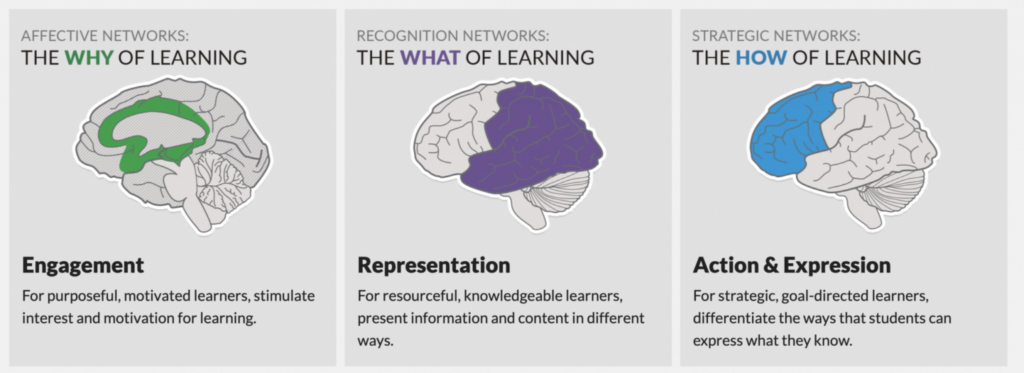
Green, Environmental, and Sustainable Technology: What’s the Difference?
The terms “green technology”, “environmental technology”, and “sustainable technology” are often used interchangeably, but they have key differences with distinct focuses. Green Technology refers to technology that is specifically designed to reduce or reverse the effects of human activity on the environment. It emphasizes minimizing waste, reducing emissions, conserving energy, and using renewable resources. Examples include: Environmental Technology is a broad term










